Office furniture by Herman Miller and Industrial Facility redefines the workspace experience
The OE1 office furniture collection by Industrial Facility addresses contemporary needs in the office, using sustainable materials and a flexible approach
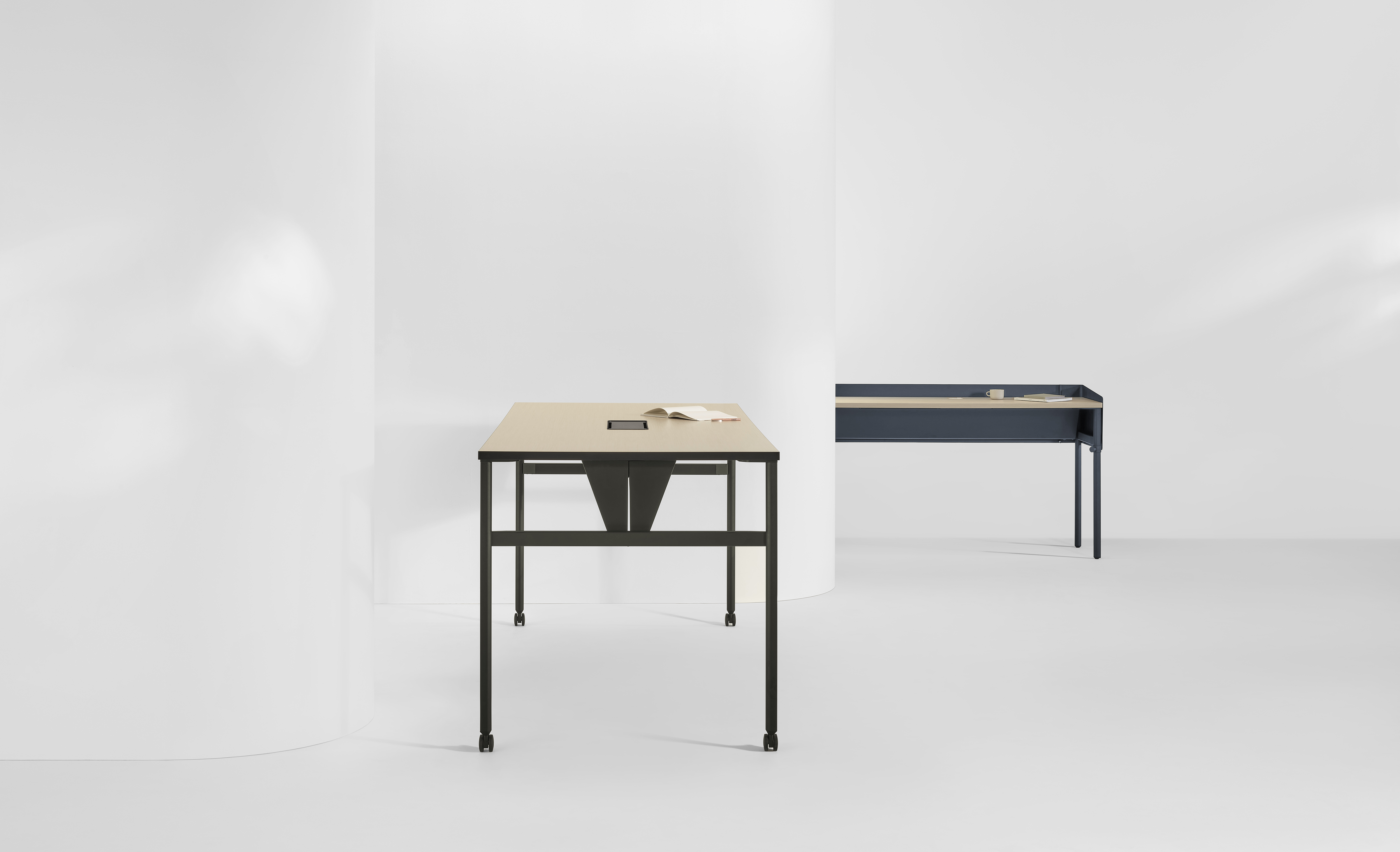
Herman Miller enlisted designers Sam Hecht and Kim Colin of Industrial Facility to rethink the workspace, creating a multifunctional and flexible system of office furniture and accessories fit for contemporary office life.
The OE1 Workspace Collection (a name that stands for Office Essentials) designed for Herman Miller includes modular tables, movable walls, height-adjustable workstations, storage trolleys – if you can think of a needed function in the office, chances are Hecht and Colin have addressed it through their workspace collection.
A contemporary office furniture collection by Herman Miller and Industrial Facility
The duo’s collaboration with the American brand started in 2006, when they took on an advisory role (or, as Hecht puts it, ‘fairly deep conversations about the merits of contemporary design, that went on for about three years’). From there, the relationship developed and Industrial Facility designed pieces for Herman Miller such as the Wireframe sofa series and the Formwork collection of desktop accessories. ‘In April 2017, we were asked if we would be prepared to take on a design investigation, examining the status of office furniture, which was redefining itself at a rapid pace,’ recalls Hecht. ‘A pace never seen before, primarily because how we work was no longer tied to a place, but to an activity.’ A year of research into the specifics of workspaces followed, and Herman Miller invited the designers to create a collection of office furniture informed by their findings. ‘I remember it was a little nerve-racking, because a few of the realisations were in direct conflict with some of the work we had done in the past,’ adds Hecht. ‘But this is why designers can make for great researchers: to provide illustrative signals of the future that are appearing, and to give a level of prioritisation.’
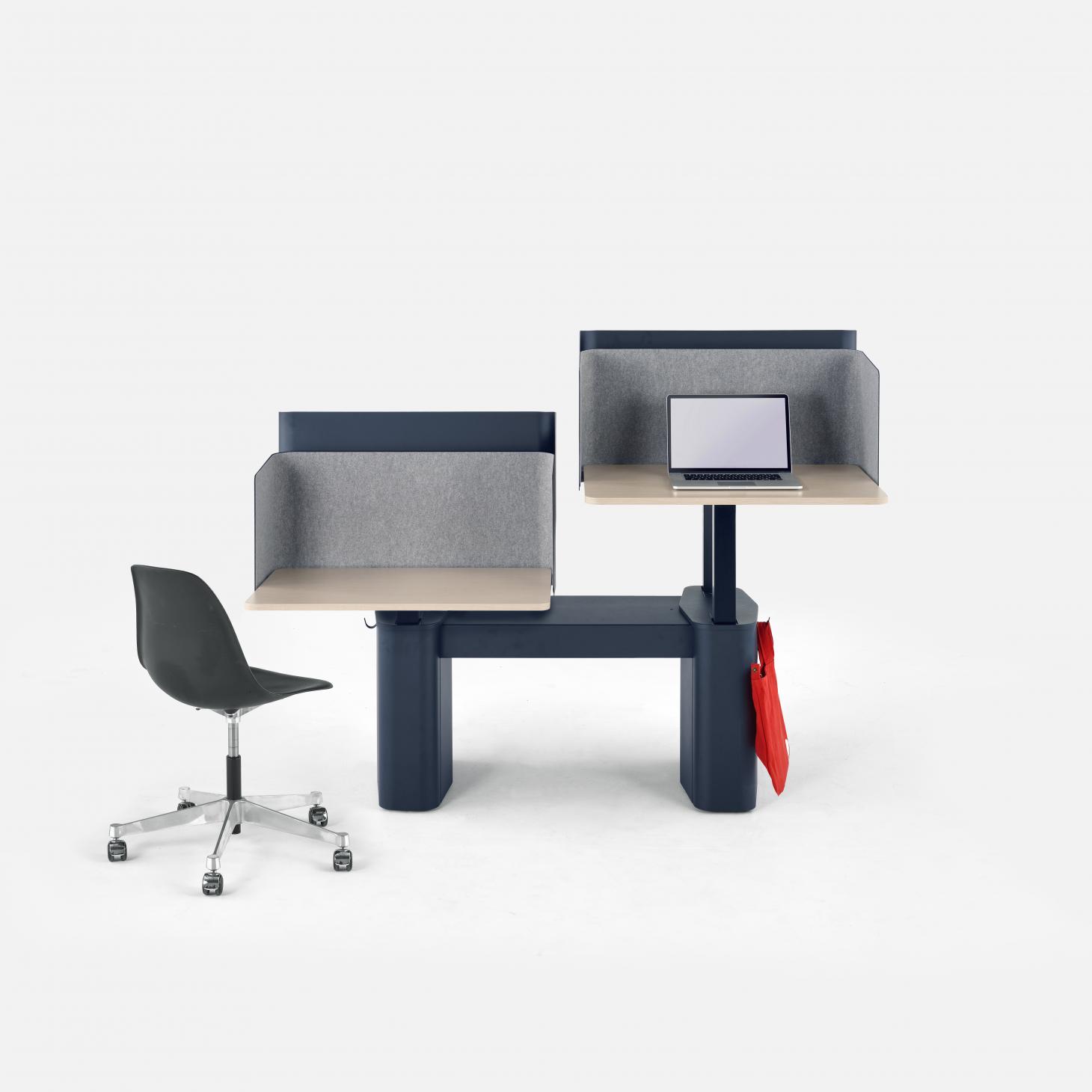
A Micro Pack from Industrial Facility’s office furniture collection: ‘height-adjustable workstations that add agility taking up a small footprint in the landscape’
Flexible office furniture with a sustainable approach
One of Industrial Facility’s most important projects to date, the collection was four years in the making, covering 13 areas of life at work, 92 products, seven new patents and materials including recycled steel, ocean plastic and reclaimed waste fabric from Herman Miller’s production process (the materials used, the designers explain, are being continually improved). ‘The key element is that OE1 is not a system; if anything, it is an unsystem,’ explains Hecht. ‘It is a collection of furniture pieces that work by themselves, but can also connect or live with other things.’ Creating a system was the designers’ way to keep things optimised, producing as few components as possible.
Materials were an important part of Hecht and Colin’s design: ‘to get OE1 to work effectively, sustainably and be affordable, materials were vital,’ says Hecht, citing the whiteboards as an example: ‘they feel as if they are as light as paper, yet as strong as a door. This required a lengthy process of design and engineering.’ And the bulk of the collection, he notes, is made of steel, one of the most recycled materials in the world.

Herman Miller’s new office furniture collection includes a series of Nooks, solo workstations that provide privacy for focus work and personal productivity, fitted with acoustic interior
The overarching theme anchoring the flexibility of this office furniture collection is ‘agility’, and to explore this concept, the designer split the pieces into three levels: one minute; one hour; one day. ‘So a whiteboard or storage unit can be moved by anyone very quickly. An Agile wall can also be moved easily, but because it will happen less, we made sure to hide the wheels, giving them a very solid, wall-like presence. And four height-adjustable workstations that are grouped together, can be picked up and moved as a single unit on pallets.’
As many offices worldwide have been closed for the best part of a year, the idea of returning to a flexible and agile furniture system seems like a desirable prospect. ‘I think the most important thing to appreciate now, is that the office cannot be thought of as a 'place' necessarily, but a concept,’ concludes Hecht. ‘That's because if I call out to someone at home, saying ‘I'm in the office', it means I am working, but not necessarily going to a place that is an office. So we really made sure that OE1 has a presence like reliable friends: functional, but at the same time utterly liveable wherever work takes place.’

A three-surface, height adjustable Micro Pack from the collection
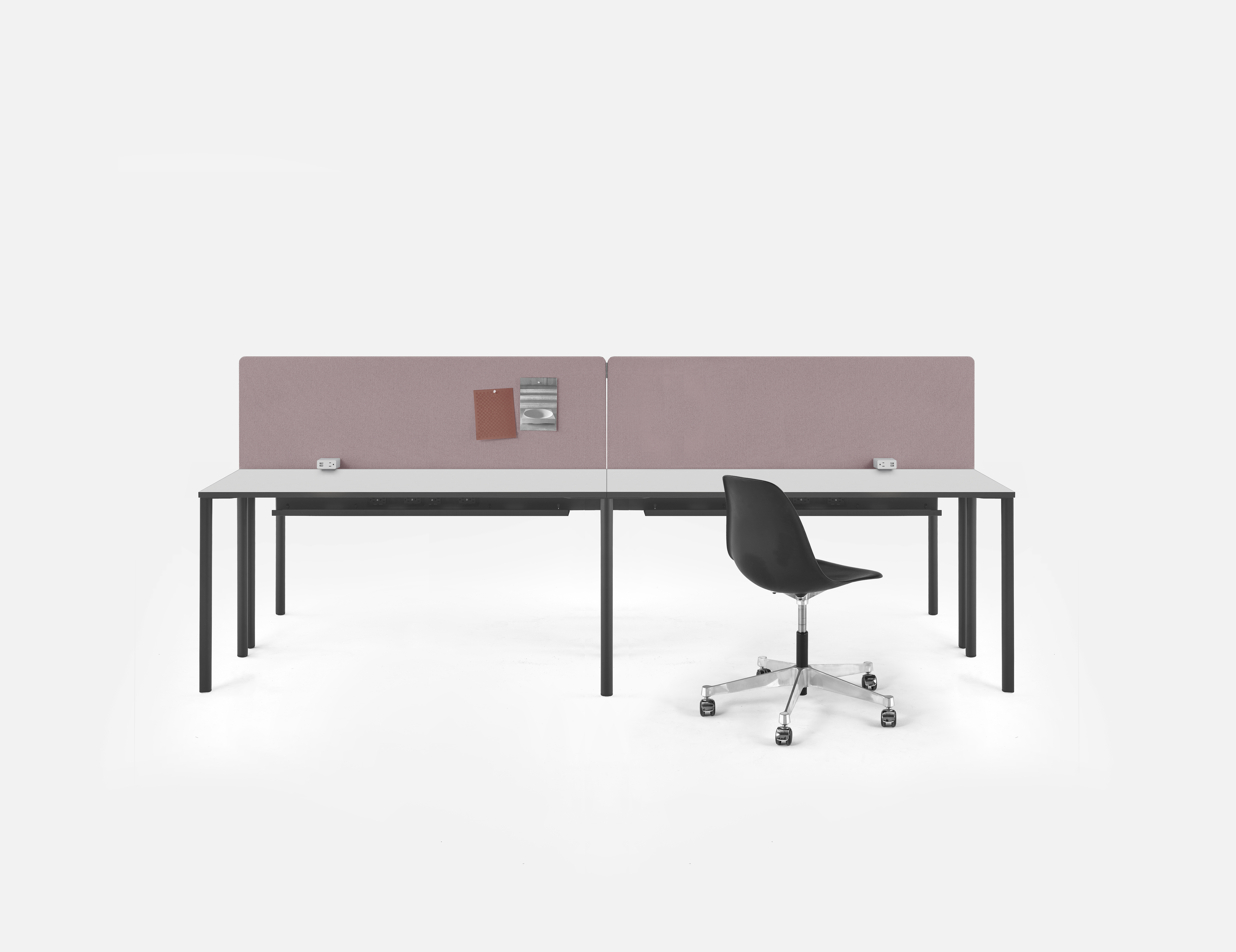
The collection’s rectangular tables can easily be joined into agile benching mode, equipped power-management and screens

Redefining the office's internal architecture, Hecht and Colin have created a series of Agile Walls: ‘these movable boundaries ofer the ability to quickly create team spaces equipped with everything needed for idea sharing and brainstorming, with options that include technology integration (like screens), tackable surfaces and writable marker boards,’ the designers explain
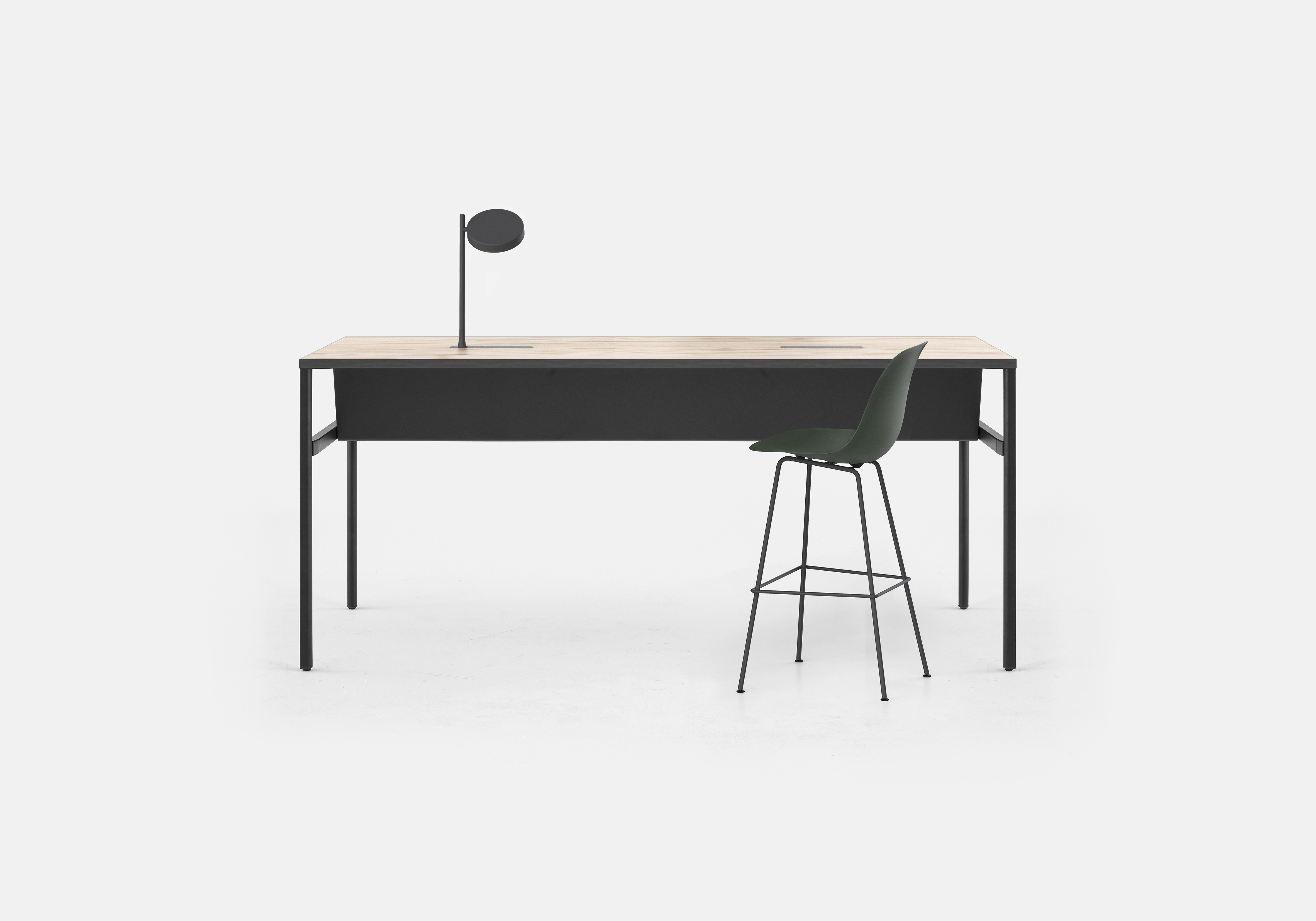
The minimally-designed Communal Table, shown here in the single-person option
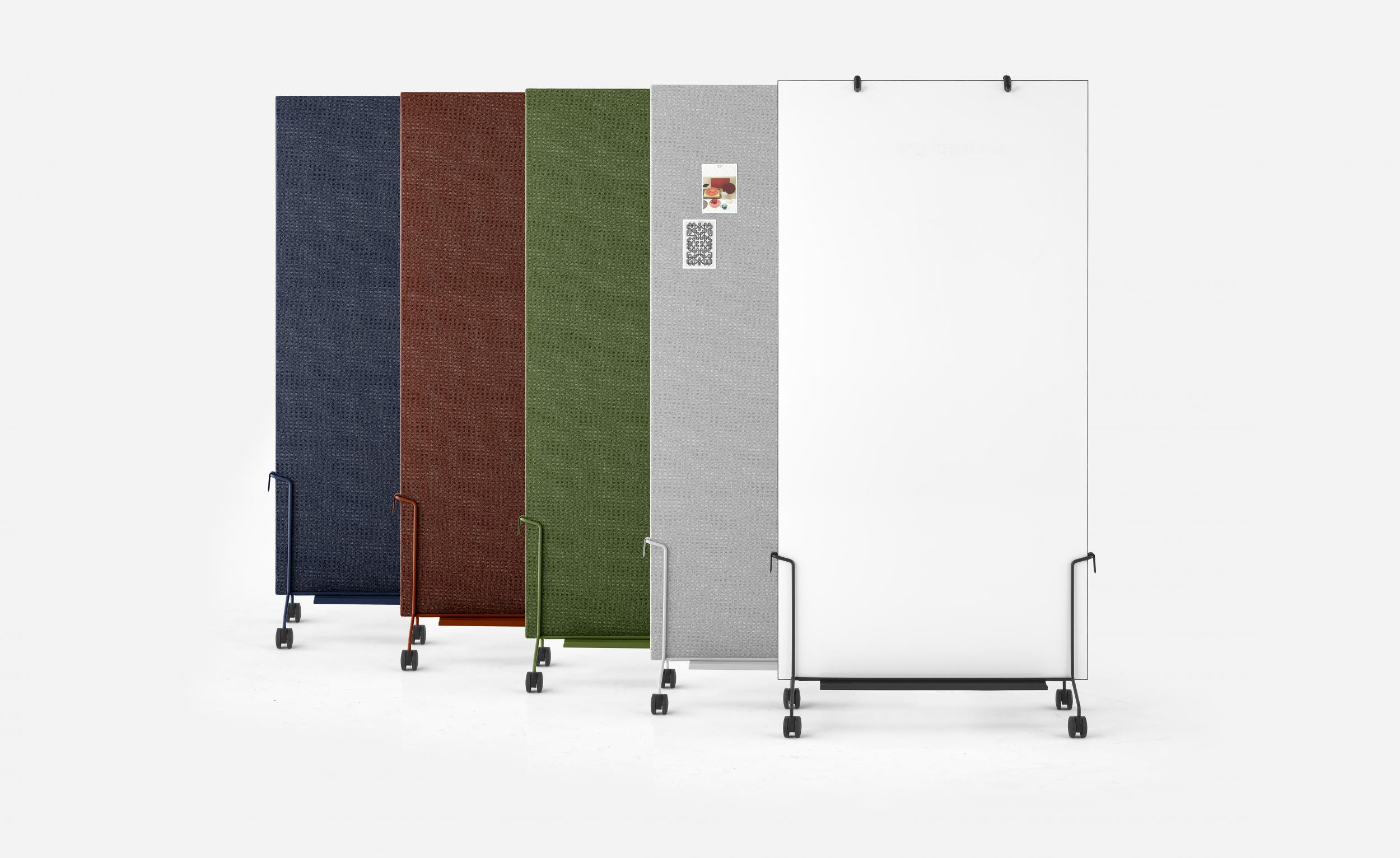
Project boards installed on the collection’s Mobile Easels. Flexibility was an essential aspect of Hecht and Colin’s product development, who equipped their office furniture designs with wheels to easily move them around the space
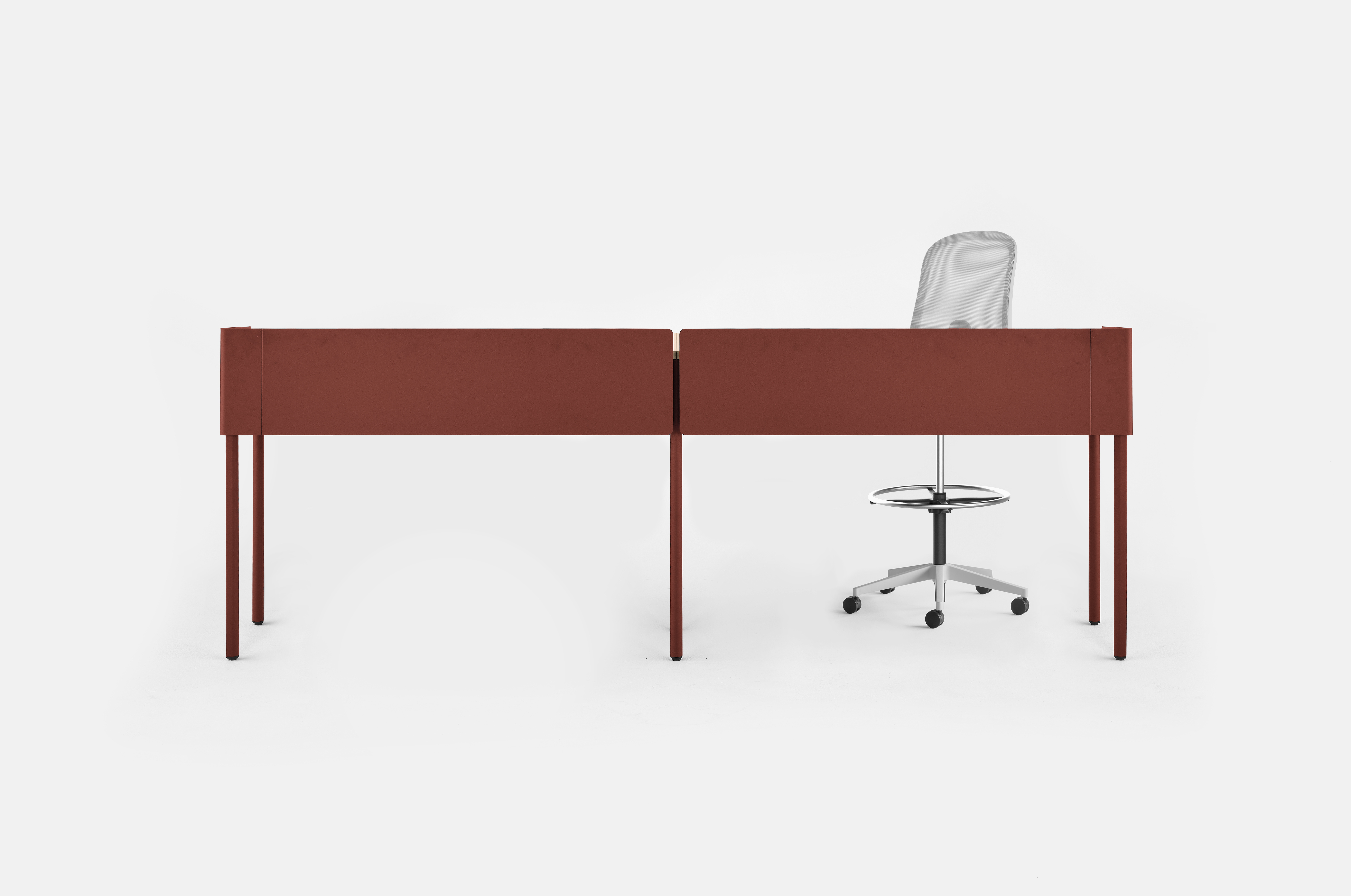
The Narrow Workbar from the OE1 collection

Storage Trolleys were designed with a slim profile and like the rest of the collection, equipped with wheels for maximum flexibility in the space
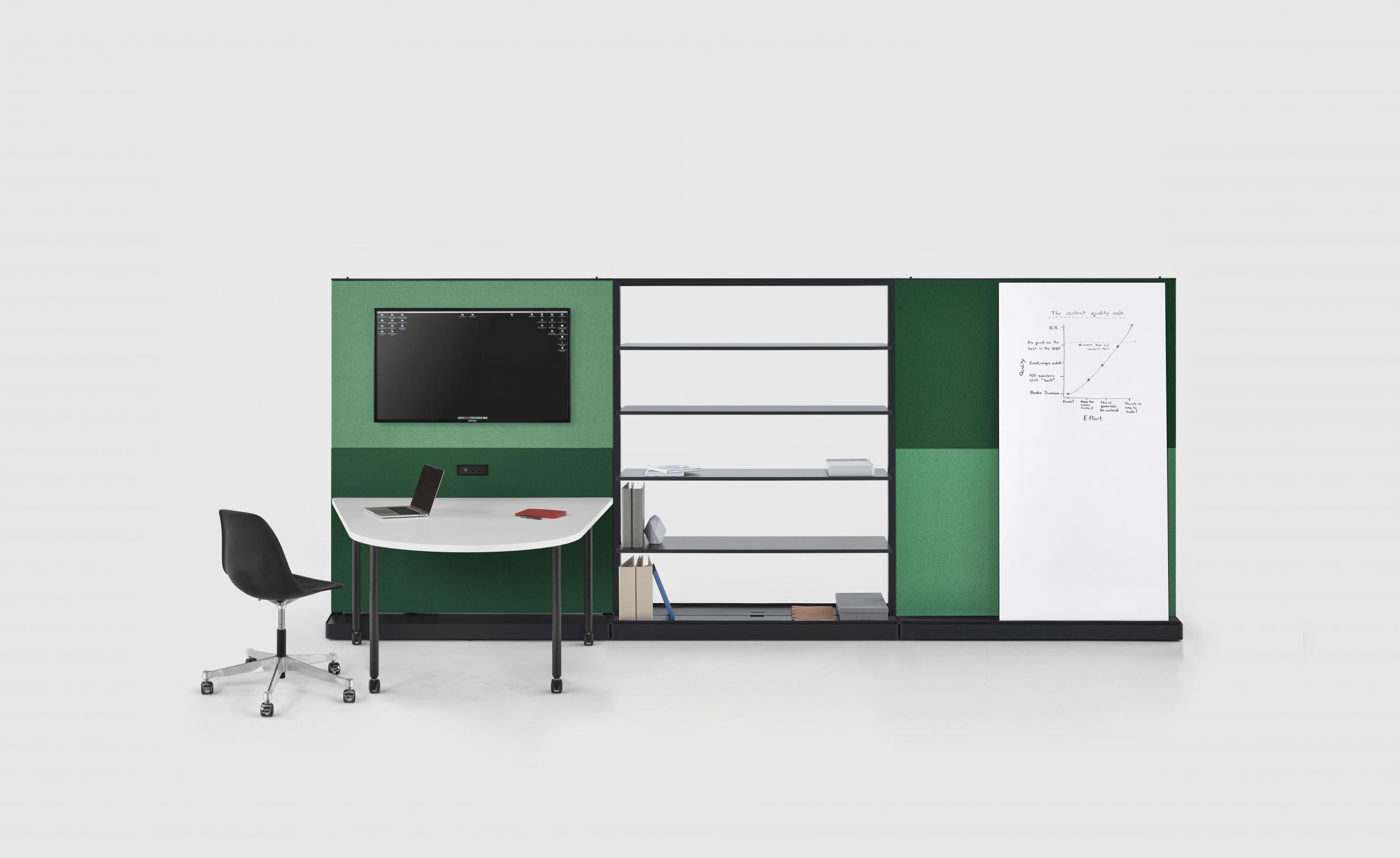
Another example of Agile Wall from the collection
INFORMATION
Receive our daily digest of inspiration, escapism and design stories from around the world direct to your inbox.
Rosa Bertoli was born in Udine, Italy, and now lives in London. Since 2014, she has been the Design Editor of Wallpaper*, where she oversees design content for the print and online editions, as well as special editorial projects. Through her role at Wallpaper*, she has written extensively about all areas of design. Rosa has been speaker and moderator for various design talks and conferences including London Craft Week, Maison & Objet, The Italian Cultural Institute (London), Clippings, Zaha Hadid Design, Kartell and Frieze Art Fair. Rosa has been on judging panels for the Chart Architecture Award, the Dutch Design Awards and the DesignGuild Marks. She has written for numerous English and Italian language publications, and worked as a content and communication consultant for fashion and design brands.
-
 Curvilinear futurism meets subtropical beaches at Not A Hotel’s ZHA-designed Okinawa retreat
Curvilinear futurism meets subtropical beaches at Not A Hotel’s ZHA-designed Okinawa retreatZaha Hadid Architects has revealed the design for the first property in Not A Hotel’s futuristic new Vertex collection, coming soon to southern Japan
-
 Gorden Wagener leaves the helm of Mercedes-Benz design after 28 years with the company
Gorden Wagener leaves the helm of Mercedes-Benz design after 28 years with the companyThe German designer is stepping down from the role of chief design officer at Mercedes-Benz. We look back at his influence and impact on the world of automotive and luxury design
-
 These Christmas cards sent by 20th-century architects tell their own stories
These Christmas cards sent by 20th-century architects tell their own storiesHandcrafted holiday greetings reveal the personal side of architecture and design legends such as Charles and Ray Eames, Frank Lloyd Wright and Ludwig Mies van der Rohe